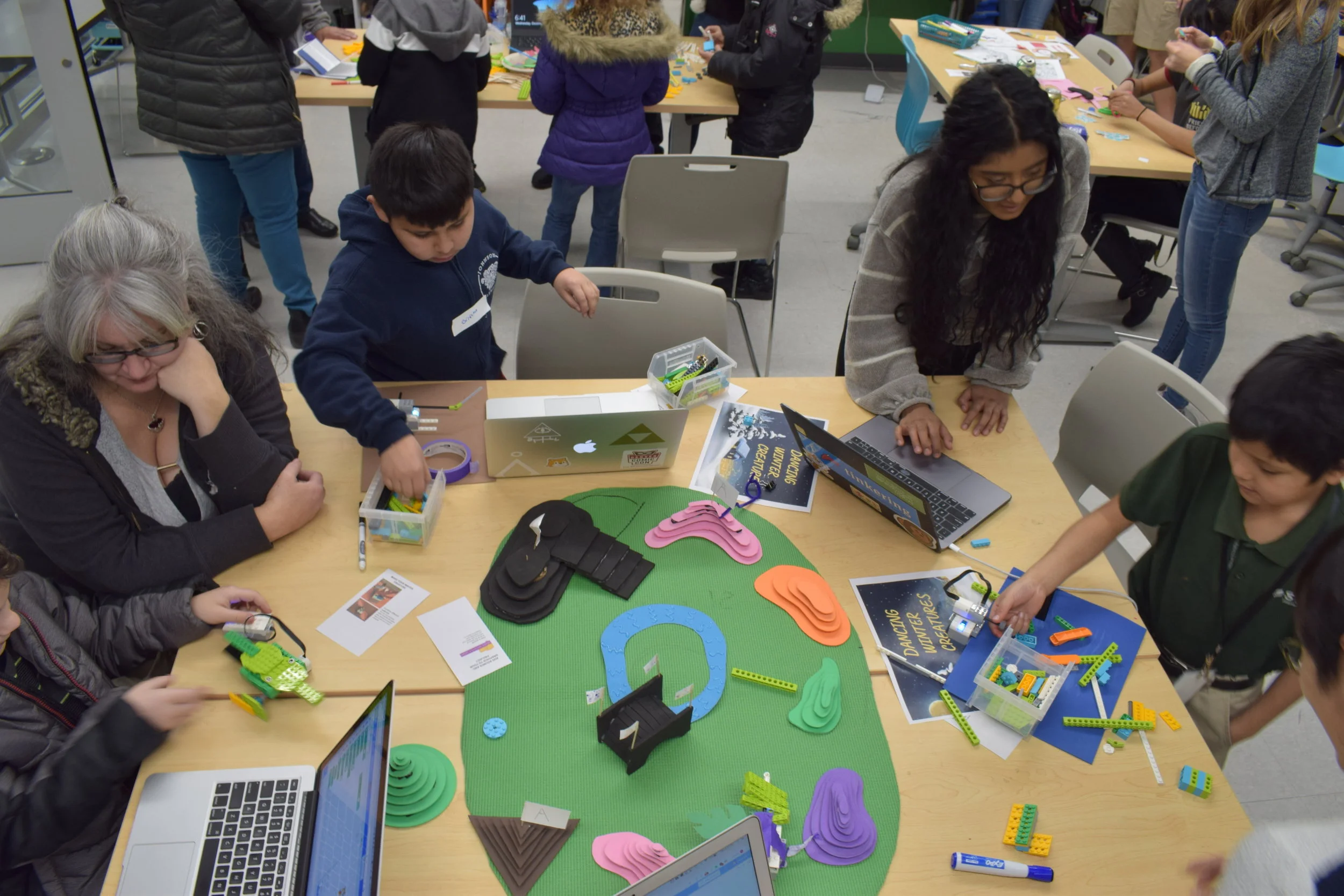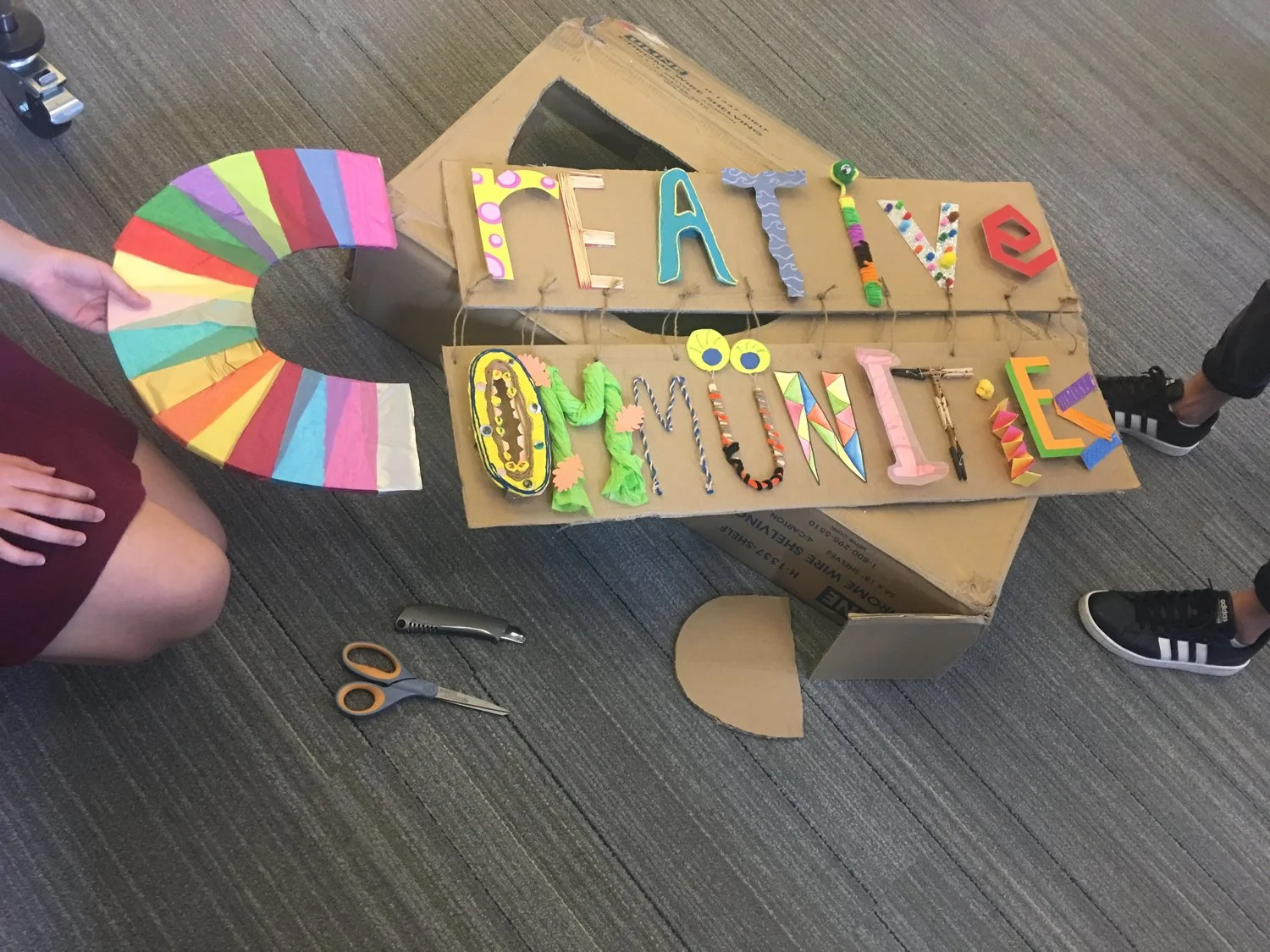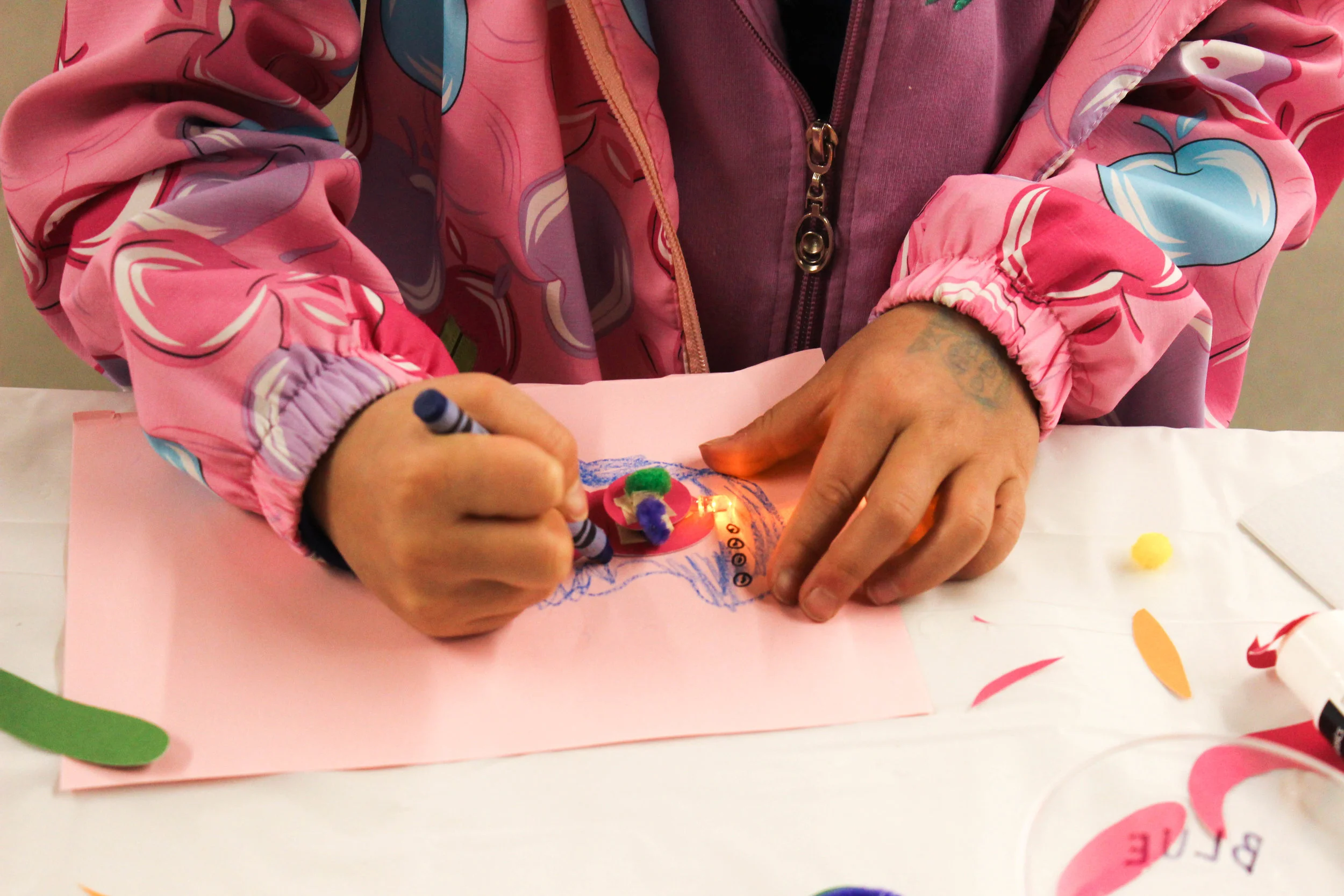This blog post was written by Janet Ruppert and Celeste Moreno.
Over the last year, our research group has been inspired by the concept of social dreaming. In this blog post we’d like to share some of our reflections and introduce an ongoing collaborative collection of resources for social dreaming that others can borrow from and build on.
What are (y)our dreams like?
We’ve assembled a collection of resources that have moved us to imagine different possible futures and ways that we could bring those about. We describe these as resources for social dreaming (elaborated below). So far it includes a range of materials from interactive maps and comic books to academic papers and frameworks, which we have noticed overlap with tools for speculative design, futuring, and critical design.
We invite you to explore and add to this collection if you are interested in learning about or trying out social dreaming activities! We hope that by gathering materials that inspire social dreaming this collection can make it more tangible, accessible, and diverse.
Click here to submit a resource via our form.
For example, one resource that has been inspiring us to socially dream is the book titled We Do This ‘Til We Free Us: Abolitionist Organizing and Transforming Justice. It’s a collection of essays, interviews, and stories from abolitionist organizer and scholar Mariame Kaba. Kaba and other organizers invite us to envision a future and present without prisons and policing.
In the book’s introductory essay, Kaba addresses the extensive changes to institutions, communities, and ways of thinking that abolitionism requires. She writes, “some might be wondering, “Is abolition too drastic? Can we really get rid of prisons and policing all together?” The short answer: We can. We must. We are.” Later in this chapter, she poses the following question as an abolitionist start point to readers, “What can we imagine for ourselves and the world?”
Book cover of “We Do This 'Til We Free Us: Abolitionist Organizing and Transforming Justice” by Mariame Kaba.
The following screenshot depicts the view of the whole collection, where you can see Kaba’s book is currently the third entry. To view each resource individually, hover your mouse over the entry and click on the “Expand” icon to the left of the title, depicted as two diagonal arrows.
Screenshot of Social Dreaming Resources collection in Airtable.
Below is a screenshot of what the resource looks like when expanded.
Screenshot of the entry for Mariame Kaba’s “We Do This ‘Til We Free Us” in Social Dreaming Resources collection in Airtable.
submit a resource here!
What is social dreaming?
We often think of dreaming as something mysterious that happens to a person while they’re asleep. From a neurological perspective, this dreaming might be thought of as the mind-body processing sensory inputs in order to prepare for future activities. To describe dreaming that takes place while we’re awake, we have the term daydreaming, which brings up having your “head in the clouds” and laziness.
In these conceptions, dreams are individual and completely disconnected from reality. We invite you to watch the short Ed Talk from CU Boulder’s own Dr. Toliver below for more discussion of this.
Social dreaming, as we understand it, describes activities to collectively construct desirable and just futures from critiques of and reflections on our current social order.
This notion of social dreaming flies in the face of our normative ideas of dreaming. Social dreaming is collective by nature, defined by joint activities that build shared visions over time. Social dreaming is embedded within and confronts what we think of as reality, as we envision what our worlds and futures could be and ought to be.
What does social dreaming mean for you?
Whose dreams?
“We are our grandmothers' prayers./ We are our grandfathers' dreamings.” - lessons by Ysaÿe M. Barnwell ©1993 (link)
Our own dreams and priorities might be radically different from what parents, teachers, or “society” dreams for. Dr. Lizárraga, another brilliant CU Boulder professor, shares some of his own views on this in the video below.
In fact, the term “social dreaming” was developed in part from conversations among parents who are migrant workers in the US about their children’s futures (Espinoza, 2008). Through these social dreaming conversations, parents working under harsh conditions brought to life visions of their kids graduating from college and pursuing careers other than their own while still maintaining strong family and community ties.
Parents’ social dreaming of their children’s futures included educational attainment and economic assurance, but always alongside specific cultural and social priorities. A common refrain, writes Espinoza, was "es importante que los estudiantes no se olviden de donde vienen/it is important that students do not forget where they come from." (Espinoza 2008, pg 18)
When you imagine your future, what do you want to carry forward with you from your past? What do you want to leave behind?
We hope this growing collection can be a source of inspiration for you thinking through these questions and others.















